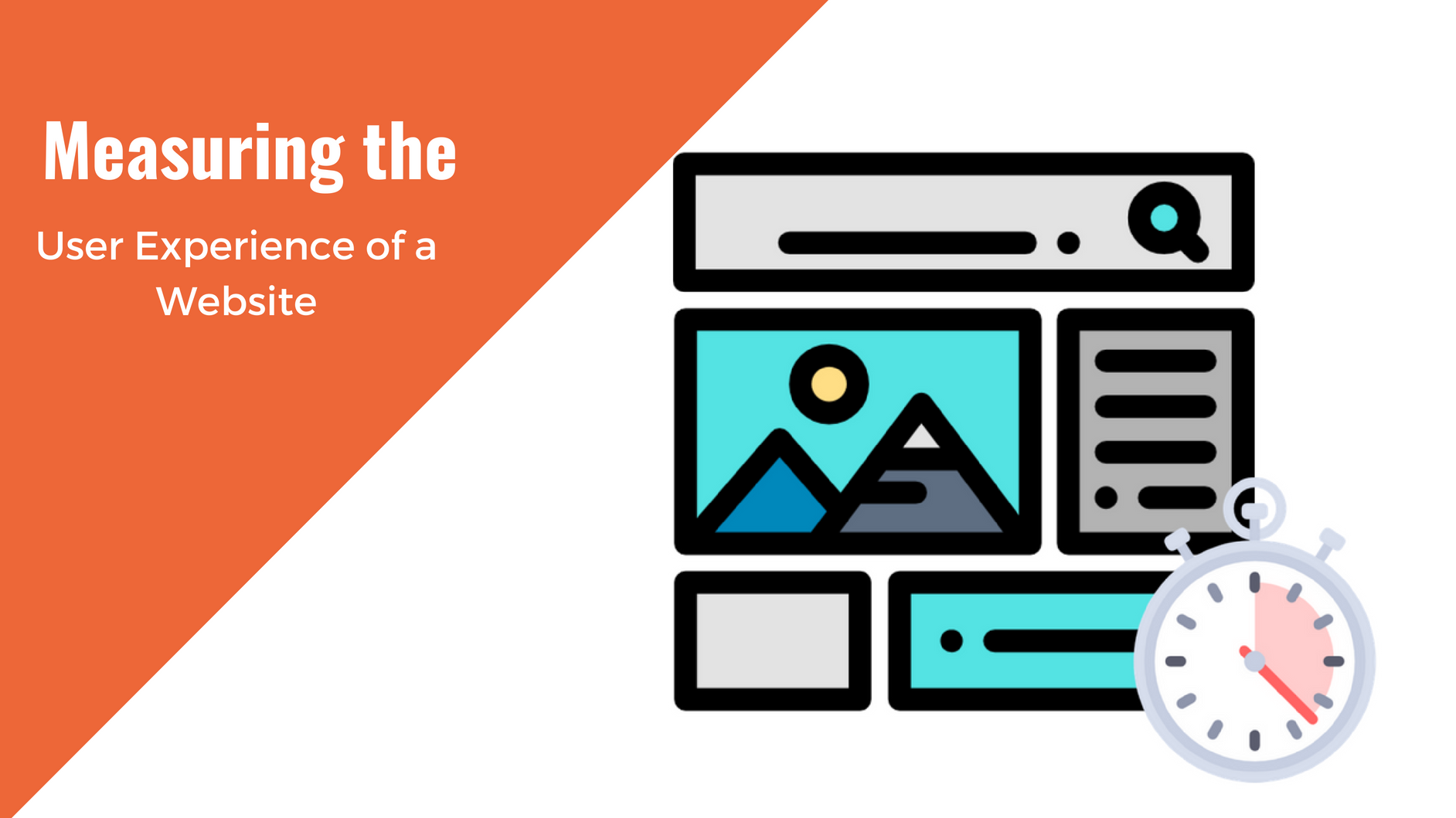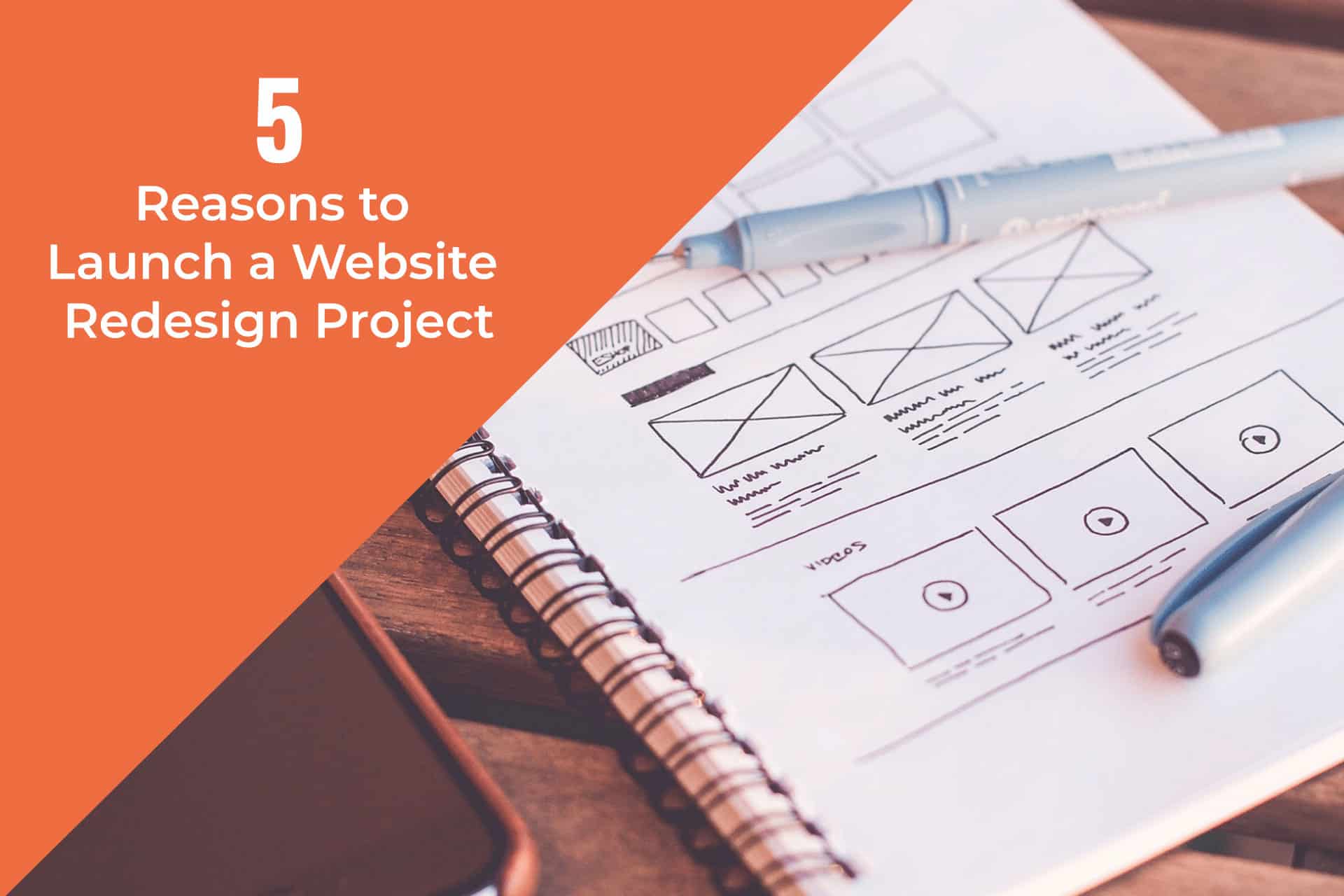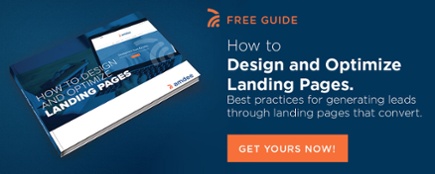
So What is a Landing Page?
In regular conversations landing page gets used interchangeably with home page. Online marketers favor highly specific definitions. The most popular marketing definitions says that the prime role is to persuade visitors to supply their contact details on an online form.
This presents a precious opportunity to connect with potential supporters around the world. You can encourage people to sign up to receive newsletters or other email mailings about the organization.
A well-designed landing page has the potential to convert a reasonable percentage of these individuals into donors.
The prospective gains are self-evident but it requires professional knowledge and careful planning to create a popular page with impressive visit to action (conversion) rates.
Get the Most out of the Landing Page
In addition to attracting support to an organization’s general activities a nonprofit organization can make good use in specific campaigns. For example, you might want to set up a page to gather support for an annual fundraising, or some other special campaign.
Akash Jakaprakash in hisLanding Page Tips for Nonprofits suggests that organizations use landing pages to thank donors or supporters that sign on to their mailing lists.
Leah Neaderthal makes a sound case for nonprofits using landing pages for market research. For example, you might want to set them up to test the effectiveness of different social media.
No matter what your landing page will promote, it’s imperative to define the purpose before you begin the design.

Landing Page Basics
The challenge of creating a winning landing page can be divided into three stages.
- Getting the maximum number of hits.
- Capturing viewer interest.
- Converting visits into contact form fillings or donations.
The first stage requires the content writing strategy most likely to maximize traffic. It is important to choose a meta tag that brings a high position in search engine results. In addition, the page’s SEO (Search Engine Optimization) must be geared to this same goal but without sacrificing its readability appeal. There is no point in just stuffing the page with all the most popular keywords. Much thought must be put into writing quality as well as keyword selection, density and positioning.
Once the visitor lands, to get them to stay a while poses an even bigger challenge. Scientists claim that the average attention span of a goldfish is 9 seconds but researchers reckon the average attention span of a person browsing the internet is just 8.25 seconds! Having the ability to create a visually appealing page that almost instantly communicates the nonprofits message is imperative. Pictures really do say a thousand words; but remember they also increase page loading times and this may strain visitor’s patience.
To improve the prospects that people will leave contact details ensure that the form is as simple as possible. Limit the number of fields to the bare minimum. Leave no room for confusion over where to enter key details, and provide a good but clear choice of donation methods.
🌶 Hot tip
It’s also a great idea to indicate how many people have signed on to receive the newsletter and made a contribution since this encourages others to follow their lead.
Take up the Landing Page Challenge
A well designed page performs a highly effective job attracting supporters and funding to nonprofits, and it can help you advance particular campaigns. It certainly takes some effort to design a successful one with all the associated expenses, but there are high returns for a job well done.
Other articles you may be interested in:
You May Also Like

Having a website is an absolute necessity for any business. Gone are the days when you could simply update your website once and forget about it for months on end. In today’s ever-changing digital landscape it is important to constantly track and measure how well your website performs, as well…
read more >
Thomas Bertram (T. Bert) Lance famously said, "If it ain't broke, don't fix it." Unfortunately, T. Bert Lance couldn’t foresee the future. He didn’t know that over 94% of Americans would be on the internet by 2024. If your website doesn't receive periodic updates or isn't accessible, users can become…
read more >

